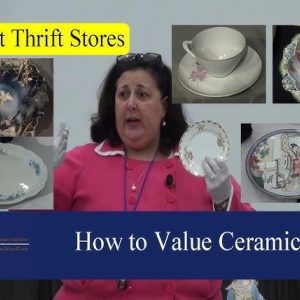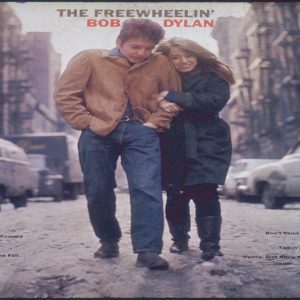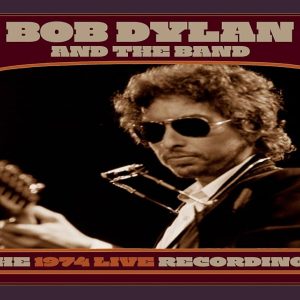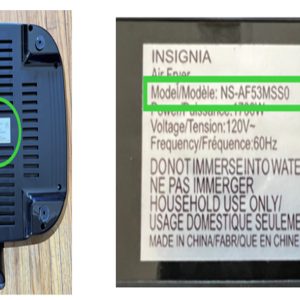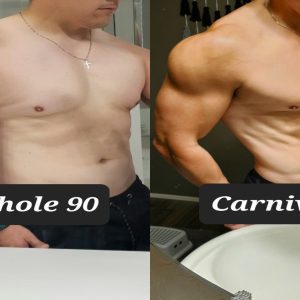Identifying authentic antique Singer cabinet sewing machines requires vigilance as fakes flood the market. These machines, produced mainly between 1880 and 1960, often have high value, so use these quick tips to avoid scams.
Key Verification Strategies
- Check the Serial Number: Locate it under the machine or on the bed plate; authentic numbers should align with Singer's database for model and year. Fakes may have incorrect or duplicated digits.
- Examine the Logo and Branding: Original logos feature precise enameled decals with fine script and the "SINGER" trademark. Counterfeits show blurry prints, inconsistent fonts, or missing patent details.
- Assess Cabinet Authenticity: Real cabinets use solid woods like oak or walnut with dovetail joints. Imitations often employ particle board or plastic handles, lacking the aged patina.
- Inspect Mechanical Parts: Authentic machines have heavy cast iron bases and smooth gears; replicas feel lightweight, show modern screws, or lack Singer-specific engineering marks.
- Watch for Age Inconsistencies: Look for genuine wear patterns, such as uneven fading or rust. Newly manufactured fakes appear unnaturally pristine or have inconsistent patina.
Cross-reference serial numbers with reliable sources and consult experts if in doubt to ensure a secure purchase.





